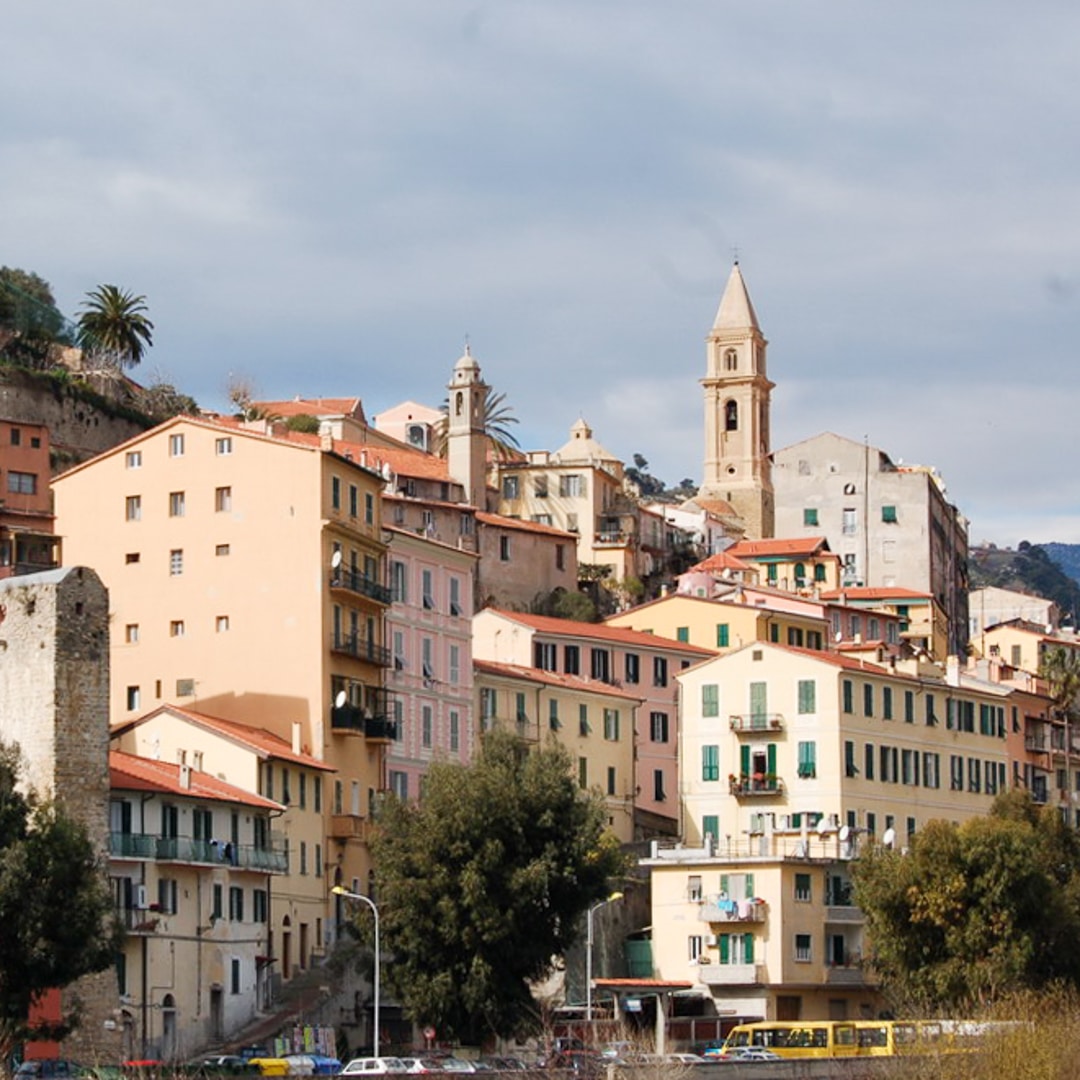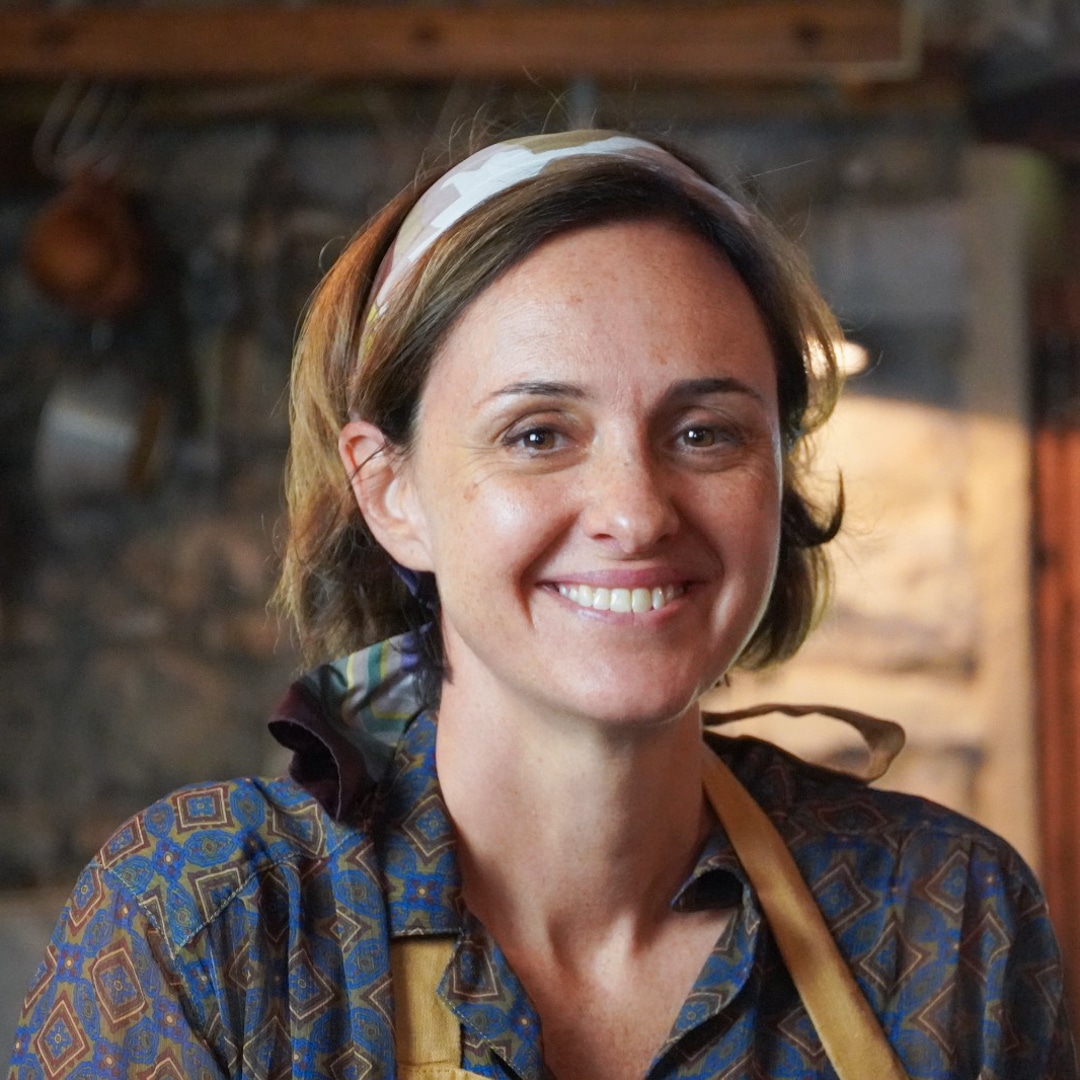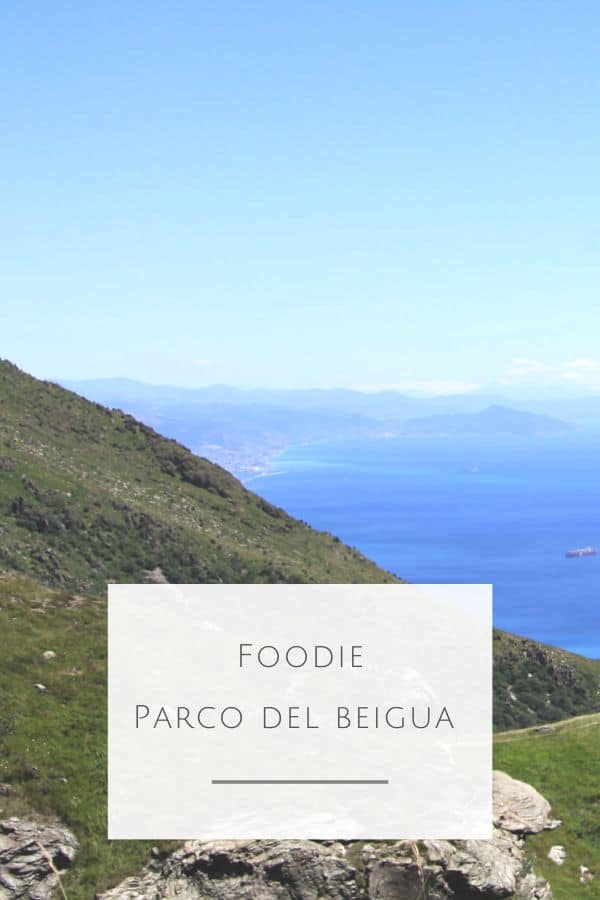What would life be without a cookie to start the morning well, to pamper yourself at the end of the day or celebrate a special occasion? This is a timeless truth. what are those cookies that most often show off in Ligurian families, the result of countless attempts and generating endless happy moments?
Let’s have a look at them together, in a new journey to discover the goodies of my Liguria. As always, we democratically cover, where possible, the Ligurian arc, from West to East.

Throughout the western Liguria (and especially in Ventimiglia, Castel Vittorio, Camporosso, Pigna) you can taste the Cubaite (also known as ubrin). It is a cake made up of two waffles of wafer containing an hard filling made of dried fruit, orange peel and honey. It is a dessert probably from distant oriental origins (the name would derive from the Arabic word “qubbat” meaning almond) of which similar versions are also found in Sicily. We must not forget, moreover, that on the Ligurian coast of Ponente, as in Sicily, the Saracen invasions were heavy in the centuries. Like the Levantine corzettes, the Cubaite can be engraved with pincers, obtaining drawings and coats of arms on their surface.


The Castagnole of Ventimiglia also vaguely recall the east. They are a unique treat: dark brown, chestnut shaped, have a very particular taste given by the spices that characterize it including coffee, chocolate, cloves, cinnamon and bitter orange blossom water. Despite being a traditional dessert today it is very rare to find them, only a couple of pastry shops in Ventimiglia still bake them regularly.
In Alassio are produced since the early 1900s the Baci di Alassio (also known as baci della Riviera). They have the typical form of the kiss – two half-spheres joined by a chocolate cream – but are dark hazelnut/chocolate. The dough is made of hazelnuts and cocoa.
They were created by Rinaldo Balzola, pastry chef of the Royal House of Savoy, in the early twentieth century as a gastronomic souvenir for the first international tourists who visited Alassio. In his Caffè pasticceria Balzola in the center of Alassio, today historic shop of Italy, you can still taste and buy these famous cakes often fresh of the day.
Very light and that today they can boast of being vegan, are the Chifferi of Finale, traditional biscuits of all that area. They have the shape of a crescent and are prepared with almond flour, egg white, sugar and bitter orange blossom water. The name probably comes from the Arabic kefir that means moon, as well as most probably of Arab origins the recipe itself that involves the use of dried fruits.
They are called Amaretti (although they are not bitter) because their unmistakable taste is given by bitter almonds or “armelline” (the seed of apricot). They are perhaps the most common dessert in northern Italy and in Liguria we have at least three varieties worthy of note. First of all the Amaretti di Sassello (in the hinterland of Savona) with a round shape and a very soft consistency given by the egg whites whipped into the dough. The recipe dates back to the late ‘800 by Mrs Gertrude, owner of the homonymous tavern in Sassello, which then made them famous in the world with the brand of amaretti “Virginia”.
Then we find the Amaretti di Rocchetta, still produced only manually in the laboratory of the Buttiero family in Cairo Montenotte (always inland of Savona). While, inside Imperia they make Amaretti di Gavenola , always round and slightly crushed.


In the valleys behind Arenzano, in the Beigua Park, the Crumiri of Masone are famous. Like the famous Piemontesi Krumiri, those of Masone are biscuits made from fine ground corn flour (also known as “foil” and in Ligurian dialect “meliga”), wheat flour, butter and sugar. Unlike the Piedmontese, however, do not have eggs but milk and, like many of the Ligurian sweets, are flavored with lemon peel.


In Genoa and La Spezia, on the coast and inland, Lagaccio Biscuits have been produced for centuries, real bis – cooked (because cooked twice) for breakfast. They have the characteristic slice of bread shape . They are also known as Health Cookies. They are so called because the craft workshop that first began to produce them in Genoa was located in the area called Lagaccio, between the neighborhoods of Ganarolo and Oregina, where in the mid-1500s Andrea Doria built an artificial lake to bring water to his palace, work that did not please the people of Genoa, hence the derogatory nickname “lagaccio”. Originally they were slices of sweet bread. ideal to be stored on board ships for long periods. Similar to the cookies of Lagaccio in shape and process (double cooking) are the Gavenola Biscuits, products with semolina flour in the bakeries of the Arroscia Valley, hinterland of Imperia, and Taggia Biscuits, originally offered in church during Easter Holy Week (from which also the name bescheutti da quaeixima: Lent cookies) and with a light taste of fennel.

Then there are the Gobelette (or cobelette). Both the Riviera di Levante and that of Ponente claim paternity. In the Gulf of Tigullio they are called “cubeletti”, in the Finale area “gobeletti”. They are small cupcake-shaped pastry closed by a “hat” (cobeletto, in Ligurian dialect). Generally there is jam inside the filling. Traditional recipes of the Levante areas speak of quince jam. Those of the west of Chinotto jam.
I vecchi libri di cucina genovese, tra cui La Vera Cuciniera Genovese del Ratto, suggeriscono anche di riempirli con crema pasticcera. In passato erano i dolci tipici del giorno di Sant’Agata, il 5 febbraio, oppure riservati per le occasioni speciali, Natale incluso.


Especially in Genoa, there are anicini. Biscuits “soaked” crumbly and light, thanks to the absence of butter. Once they were the protagonists of snacks in the most important families, often in pairs with rosolio, or often eaten during Christmas lunches. To make them you need eggs, flour, sugar and aniseed seeds. These are also real bis-baked: the dough is divided into loaves that, once cooked, are cut into slices and then baked again until completely browned.


Documented since 1700, the Canestrelli (or canestrelletti) are a crumbly shortcrust pastry in the shape of a flower with a hole in the center. Many towns in the hinterland of Genoa claim paternity, in particular Torriglia, Santo Stefano d’Aveto, Avosso and Acquasanta. The latter have powdered sugar grains on the top.
In Montoggio, on the other hand, chestnut canestrelli are produced, a poor version of canestrello that uses chestnut flour – to save on wheat – honey as a sweetener and very few butter.
Finally the Ruette of Borzonasca (hinterland of Chiavari), are large biscuits made of shortcrust pastry with a characteristic wheel shape, round and notched at the edges, with a thick but crumbly dough and covered with plenty of icing sugar. The manufacturing process and the recipe have been handed down for more than three generations and can be enjoyed at the Pasticceria Macera. Pasticceria Macera.
Now all we have to do is put the water on for a tea!
If you come to Liguria and want to discover and experience the tastes of our traditional cookies you can join one of my Ligurian cooking classes, one of mine Ligurian food experiences or fix a food travel consultancy with me at enrica@asmallkitcheningenoa.com and I will guide you in a cookies treasure hunt!

JOIN ME ON MY FOOD JOURNEY
Get my monthly newsletter with fresh recipes, my latest food adventures, upcoming events, and lots more from the sunny Italian Riviera!














